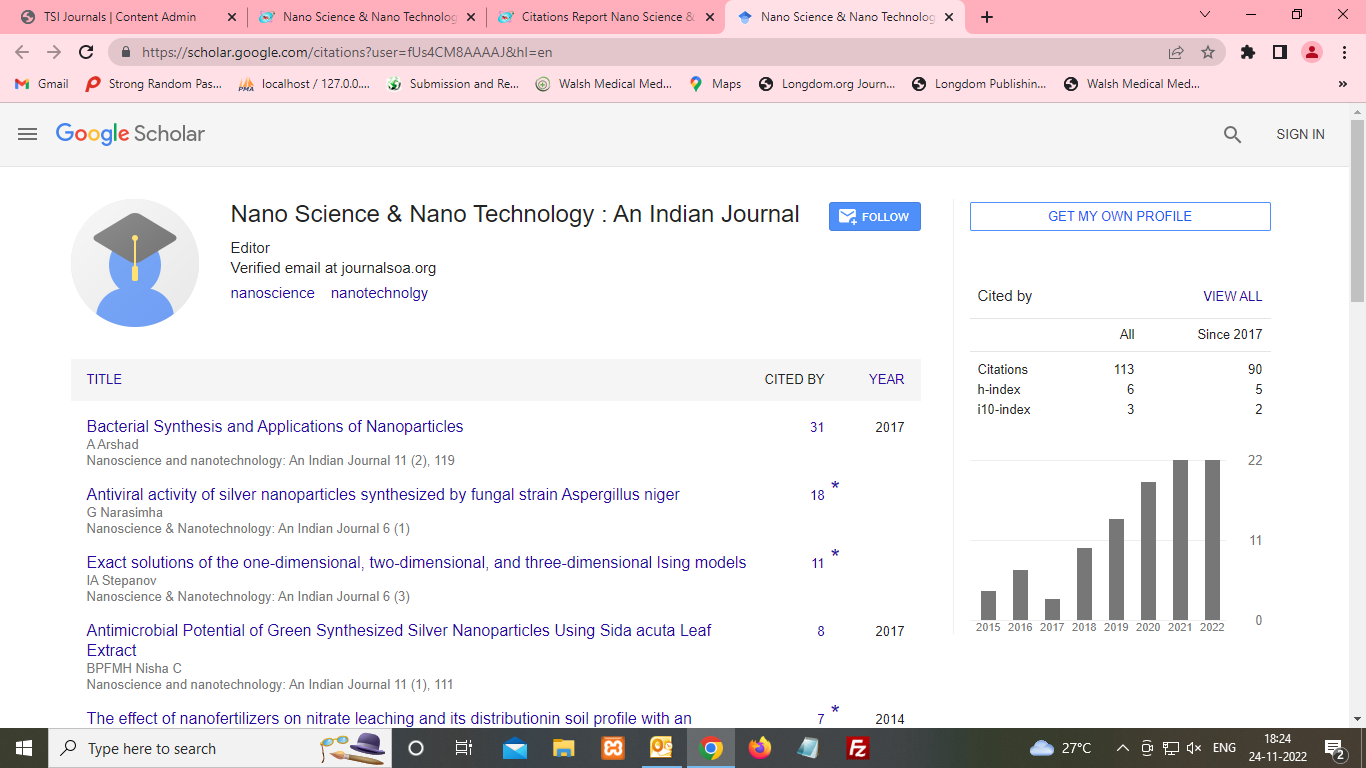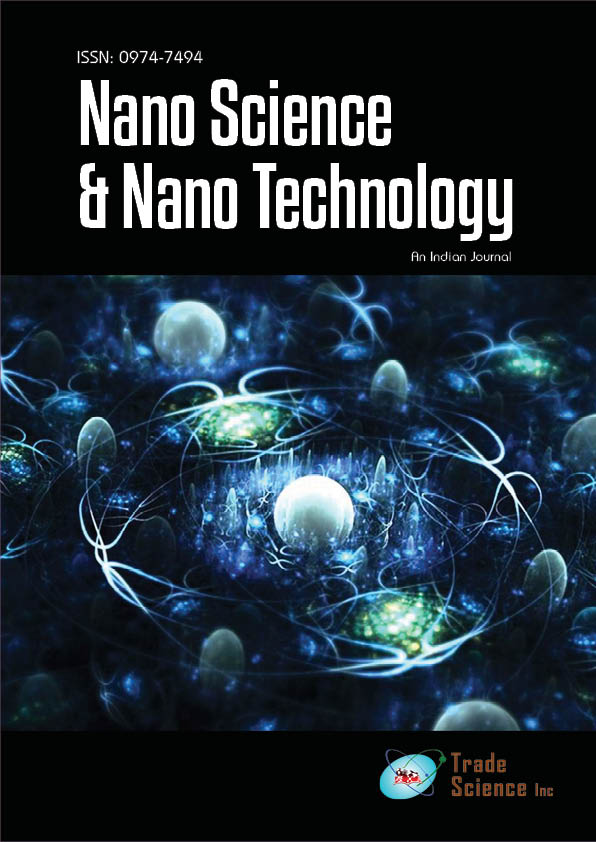Abstract
Recent advances in curcumin nanoformulations
Author(s): Priyanka Dagar, Pushpa Dahiya, Manu BhambiCurcumin, a yellow polyphenolic compound present in the rhizome of turmeric possess a wide range of therapeutic and pharmacological properties. However, its biomedical potential is limited due to poor aqueous solubility, absorption, systemic bioavailability and rapid metabolism in the human body. Lot of emphasis has therefore been given to improve the biodistribution of native curcumin. Adjuvants, bioconjugates and structurally modified derivatives/analogues were used in order to overcome various issues associated with curcumin. Although, they improved the bioavailability but the targeted delivery of curcumin to the diseased cells/ tissues was still a major concern. The development of nanorange formulations of curcumin such as liposomes, polymeric nanoparticles, micelles, nanogels, dendrimers, and solid lipids nanoparticles paved way for making curcumin a better therapeutic agent. For example, liposomal curcumin formulation has greater growth inhibitory and apoptotic effects on cancer cells and also shows better antioxidant effect. Nanocrystals on the other hand provide higher stability to curcumin even at high pH. These curcumin nanoformulations are thus able to perform a wide spectrum of actions due to better multitargeting behaviour. These nanoformulations exhibits sustained and efficient curcumin delivery. Nanocurcumin thus is a promising therapeutic agent that will help in management of many life threatening diseases in humans.

